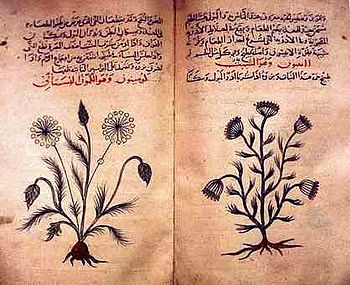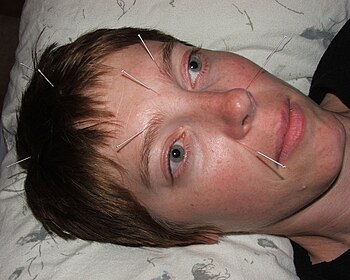 |
| Simplified grid energy flow for one day. (Photo credit: Wikipedia) |
A number of energy storage technologies have been developed or are under development for electric power applications, including:
* Pumped hydropower
* Batteries
* Flywheels
This is the future that we can safely anticipate, especially when there is a rapid depletion of other energy resources. Of course, the most important energy resource still remains the sun from where we can derive solar power and fulfil various energy and power requirements. Off late, many companies have started to build mono-crystalline and polycrystalline solar cells, which can be used in several sectors like aerospace, the aviation industry, residential power generation, traffic lights, automobiles etc. Solar energy apart from other renewable energies is being looked at as one of the key areas because it is a clean energy source.
Pumped Hydro
Pumped hydro has been in use since 1929, making it the oldest of the central station energy storage technologies. In fact, until 1970 it was the only commercially available storage option for generation applications.
Conventional pumped hydro facilities consist of two large reservoirs, one is located at the base level, and the other is situated at a different elevation. Water is pumped to the upper reservoir where it can be stored as potential energy. Upon demand, water is released back into the lower reservoir, passing through hydraulic turbines, which generate electrical power as high as 1,000 MW.
The barriers to increased use of this storage technology in the U.S. include high construction costs and long lead times as well as the geographic, geologic, and environmental constraints associated with reservoir design. Currently, efforts aimed at increasing the use of pumped hydro storage are focused on the development of underground facilities.
Compressed Air Energy Storage (CAES)
CAES plants use off-peak energy to compress and store air in an airtight underground storage cavern. Upon demand, stored air is released from the cavern, heated, and expanded through a combustion turbine to create electrical energy.
In 1991, the first U.S. CAES facility was built in McIntosh, Alabama, by the Alabama Electric Cooperative and EPRI, and has a capacity rating of 110 MW. Currently, manufacturers can create CAES machinery for facilities ranging from 5 to 350 MW. EPRI has estimated that more than 85% of the U.S. has geological characteristics that will accommodate an underground CAES reservoir.
Studies have concluded that CAES is competitive with combustion turbines and combined-cycle units, even without attributing some of the unique benefits of energy storage.
Batteries
In recent years, much of the focus in the development of electric energy storage technology has been centred on battery storage devices. There is currently a wide variety of batteries available commercially and many more in the design phase.
In a chemical battery, charging causes reactions in electrochemical compounds to store energy from a generator in a chemical form. Upon demand, reverse chemical reactions cause electricity to flow out of the battery and back to the grid.
The first commercially available battery was the flooded lead-acid battery, which was used for fixed, centralized applications. The valve-regulated lead-acid (VRLA) battery is the latest commercially available option. The VRLA battery is low-maintenance, spill- and leak-proof, and relatively compact.
Flywheels
Flywheels are currently being used for a number of non-utility related applications. Recently, however, researchers have begun to explore utility energy storage applications. A flywheel storage device consists of a flywheel that spins at a very high velocity and an integrated electrical apparatus that can operate either as a motor to turn the flywheel and store energy or as a generator to produce electrical power on demand using the energy stored in the flywheel.
Advanced Electrochemical Capacitors/Super-Capacitors
Super-capacitors are also known as ultra-capacitors are in the earliest stages of development as an energy storage technology for electric utility applications. An electrochemical capacitor has components related to both a battery and a capacitor.
Consequently, the cell voltage is limited to a few volts. Specifically, the charge is stored by ions as in a battery. But, as in a conventional capacitor, no chemical reaction takes place in energy delivery. An electrochemical capacitor consists of two oppositely charged electrodes, a separator, electrolyte, and current collectors.
Presently, very small super-capacitors in the range of seven to ten watts are widely available commercially for consumer power quality applications and are commonly found in household electrical devices. Development of larger-scale capacitors has been focused on electric vehicles.
The future is something that we can’t predict but yes, as time passes, most of the current energy sources will reach a point from where we will not be able to use them. This is where alternative energy sources come into play and will be one of the major driving forces of the world energy requirements.














